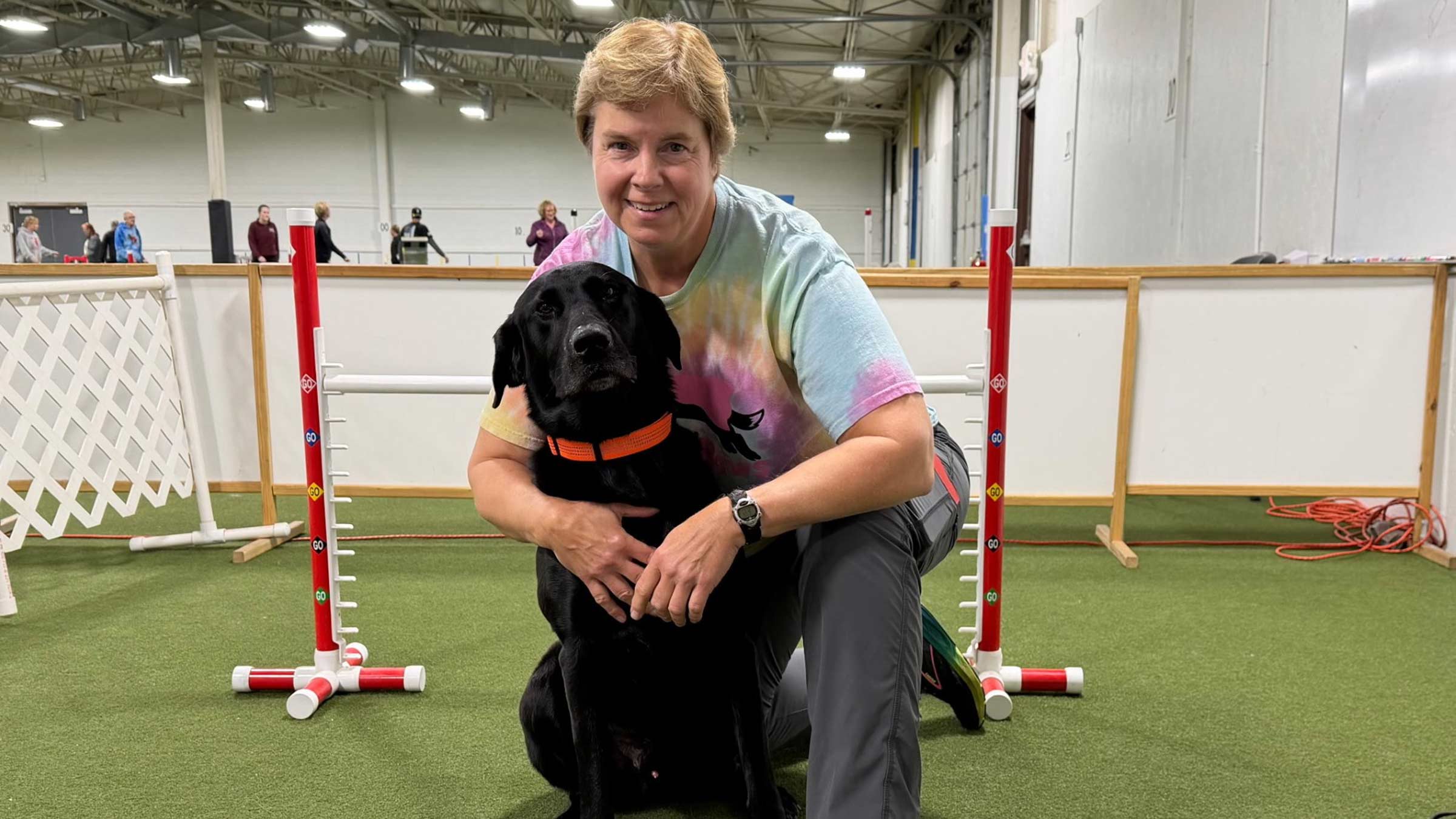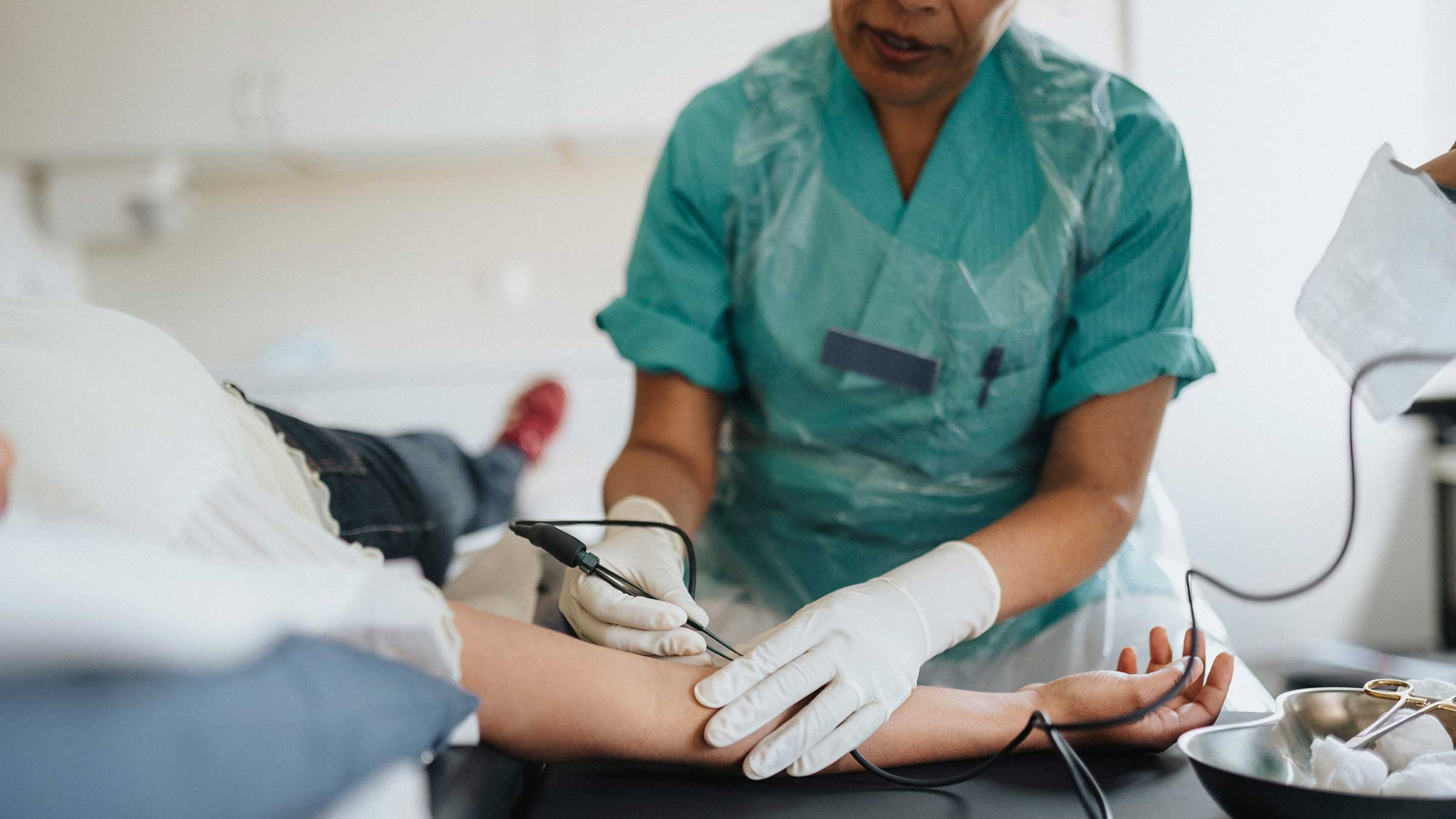IT band syndrome: How to know it’s your IT band, and how to heal it
Feeling pain on the outside of your hip or knee? It could be IT band syndrome, a common overuse injury.
What is the IT band?
The IT band, or iliotibial band, spans across the outside of the leg from the hip to just under the knee. The fibrous tissue helps stabilize the knee joint during movement and serves as an attachment point for key muscles: the quadricep and hip flexor muscles in the front, and the gluteal and hamstring muscles in the back. An imbalance between those muscles can result in IT band syndrome.
What is IT band syndrome?
A muscle imbalance that causes IT band syndrome to develop often happens between the frequently caused by dominant, overactive quadricep and hip flexor muscles in the front, and the less-dominant gluteal and hamstring muscles in the back.
The condition presents in two different forms: proximal IT band syndrome at the hip and distal IT band syndrome at the knee. Runners are often susceptible to the condition, especially distance runners who repeatedly bend and straighten their knee over an extended duration.
What are the symptoms of IT band syndrome?
People with IT band syndrome often experience pain on the outside part of their hip or knee while walking, climbing, running or sustaining other repetitive motions. Clicking on the side of the knee and aching and tenderness in the hip or knee has also been reported. The condition could accompany pain in other areas, as well, including the ankle or back.
How do you know if you are suffering from IT band syndrome?
IT band syndrome is most often diagnosed based on the location of pain (outside of the hip or knee) and by the activities that worsen symptoms (repetitive motions like walking, biking, running). The condition could also be confused with other diagnoses including labral pathology of the hip or meniscal pathology of the knee. Because of this, it’s not recommended to self-diagnose — instead, consult with a medical professional.
What are the treatment options to help alleviate IT band syndrome?
The initial treatment option for IT band syndrome often includes a combination of different stretches, namely hip flexor and quadricep stretches. Resting, icing and taking anti-inflammatory medication is also recommended to alleviate pain.
Strengthening of the back, mostly the glutes, can also help to resolve the muscle imbalance.
When should you see a doctor about IT band syndrome?
People who frequently exercise and maintain an active lifestyle often find that the traditional treatment options relieve symptoms. If pain continues, though, seek professional care.
For serious cases of IT band syndrome, a health care provider might explore other medicinal options like cortisone injections in the afflicted area. As with any medical condition, treating IT band syndrome as early as possible will deliver the best results, with physical therapy expecting to see improvement within four to six weeks.

Maximize your game and your performance every day
Ohio State Sports Medicine offers a wide variety of training and performance enhancement programs.
Learn more








